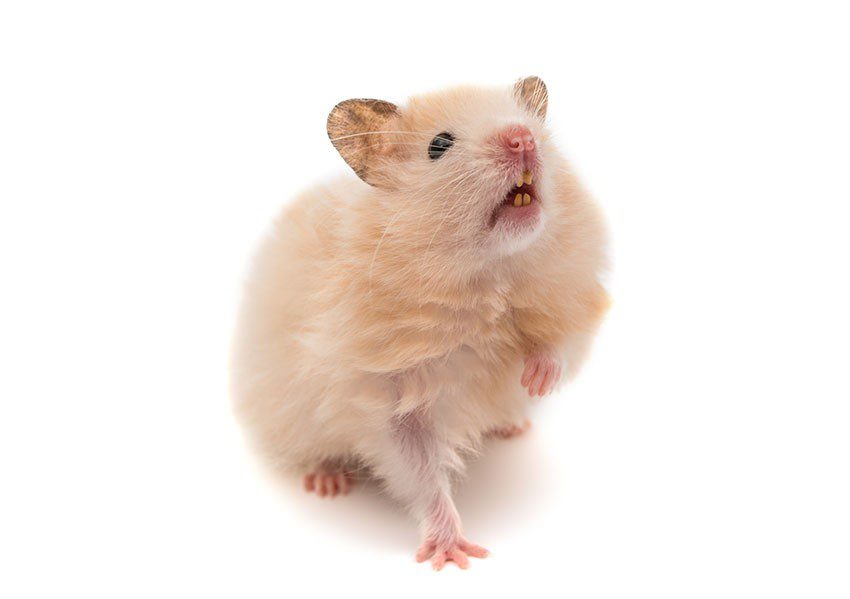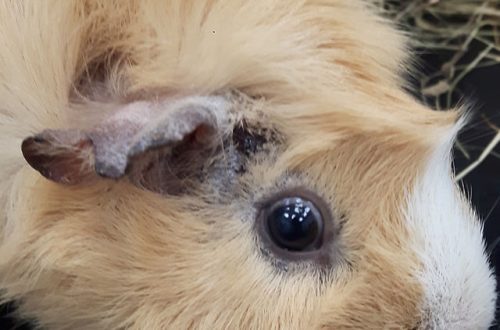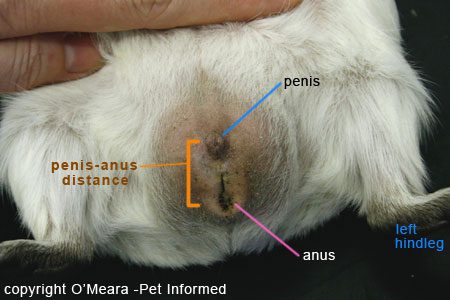
Hamster Care: Healthy Teeth
Sometimes we forget that our plump, fluffy hamsters are real rodents, which means that their main advantage is strong, healthy teeth! Nature itself awarded such teeth to hamsters, however, due to improper care and nutrition, big problems can begin with this. And our main task is to help pets maintain the health of their teeth and oral cavity, because this is one of the most important components of a hamster’s well-being.
So what can you do to keep your hamster’s teeth healthy?
Let’s start with the simplest: it is, of course, nutrition. Make the right diet for your pet, and then he will receive daily food that is useful for the teeth and the body as a whole. In no case do not reproach your hamster with inappropriate food, for example, sweets, this will harm not only his teeth and mouth, but also the digestive system.
The second secret of healthy teeth is the presence in the hamster cage of a special mineral or chalk stone for grinding teeth. What is this stone for? The fact is that the teeth of hamsters are very different from ours – and not only in size! It’s hard to imagine, but hamster teeth have no roots and grow throughout life. But that’s not all, there is also an interesting feature with enamel. Enamel in hamsters is strong and strong only on the front side, but on the back of the tooth, the enamel is very thin. Thus, when the hamster sharpens its teeth, the enamel wears unevenly, and the teeth take on the shape of a chisel. And if you are wondering if it hurts hamsters to grind their teeth like that, then we hasten to please you: no (hamster teeth do not have roots and nerve endings).
In nature, rodents sharpen their teeth on branches, trunks, and solid food also plays an important role in sharpening their teeth. When kept at home, the owners of hamsters often forget about such a need for their pets, and then the hamsters begin, for example, to gnaw on the cage, food bowls, and in general, almost everything that comes across to him. Therefore, it is very important to put special pebbles, mineral or chalk stone (they are sold in pet stores and pet pharmacies) in the cage, and, as an option, you can use tree branches – then the hamsters will not only be able to sharpen their teeth, but will also receive useful minerals.
A caring owner should make it a rule to arrange an examination of his pet’s teeth from time to time. In order to inspect all the hamster’s teeth (and there are only 16 of them, mind you!), and not just the front ones, gently grab the hamster by the scruff of the neck and gently pull back his cheek pouches – now you can see all the teeth: these are two incisors from above, two incisors from below and 12 indigenous, 6 from above and from below.
If all the teeth are healthy and intact, then everything is fine, but what if you notice that the tooth has become too long or is not there at all? First of all, don’t worry! Soon, in place of the fallen tooth, a new one will appear, even healthier and stronger! But if the hamster’s incisors have grown too much, then it’s better to visit the veterinarian with your pet, where the long tooth will be … trimmed! Don’t worry, it’s easy, fast, and completely painless, but you must do it, otherwise the pet simply won’t be able to eat properly.





